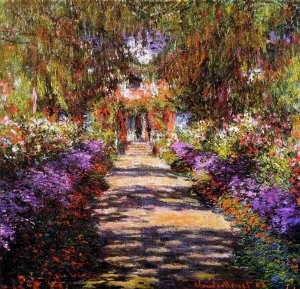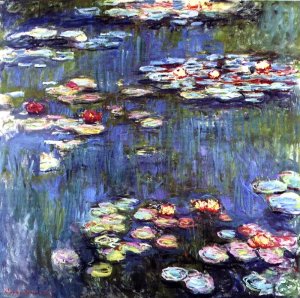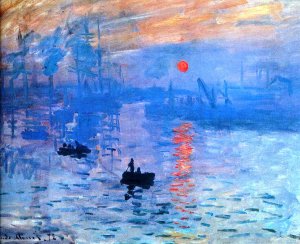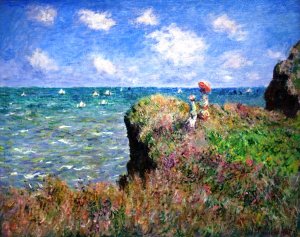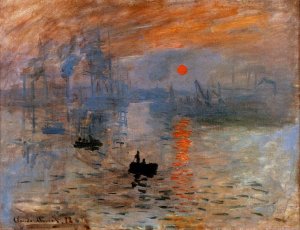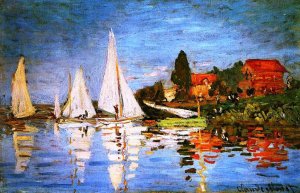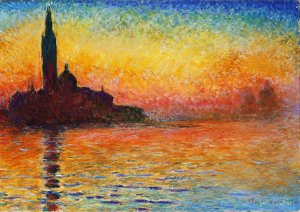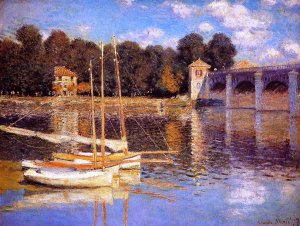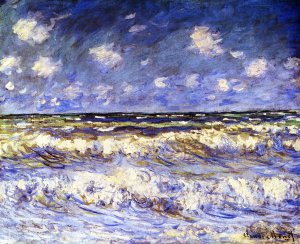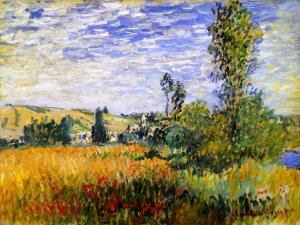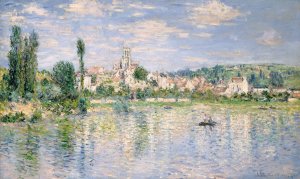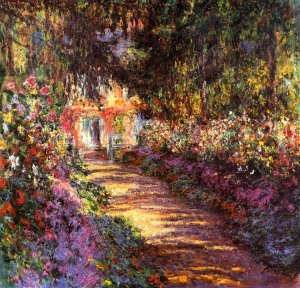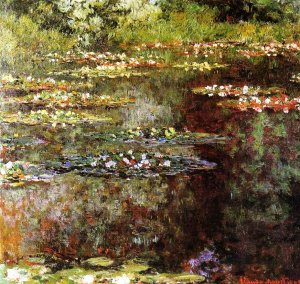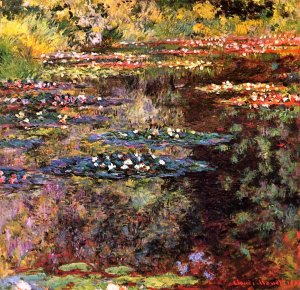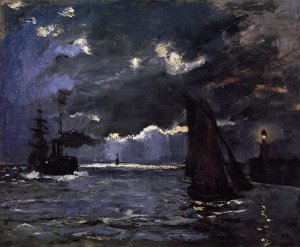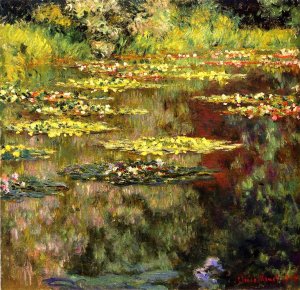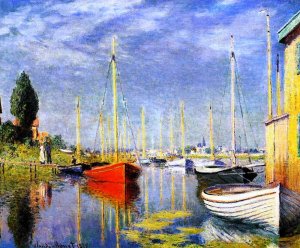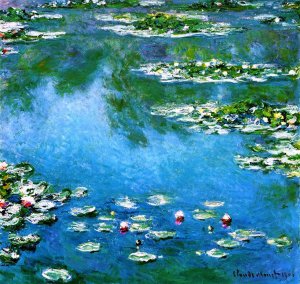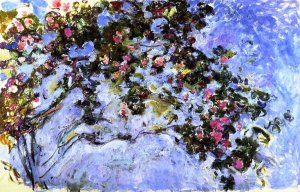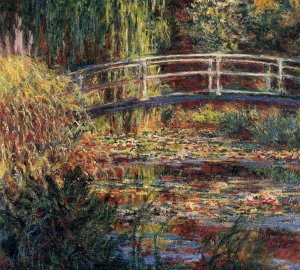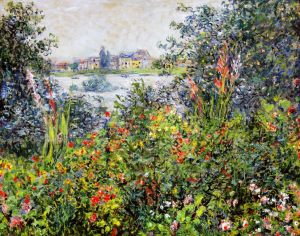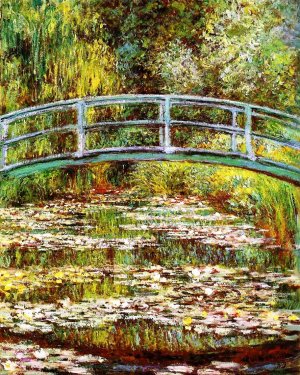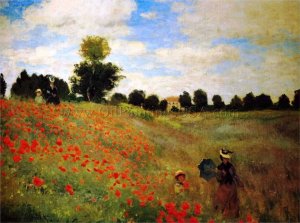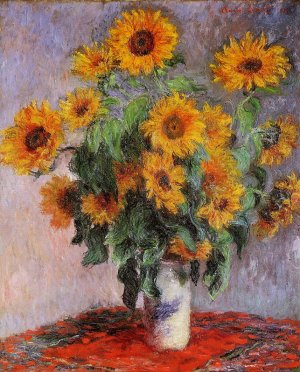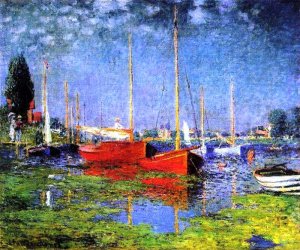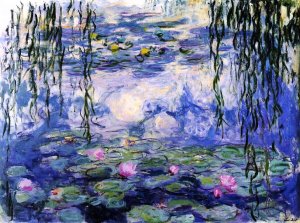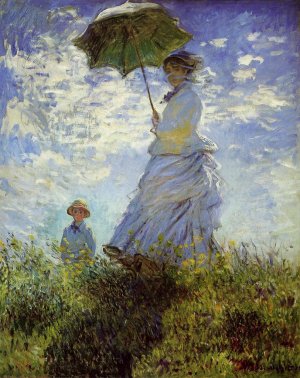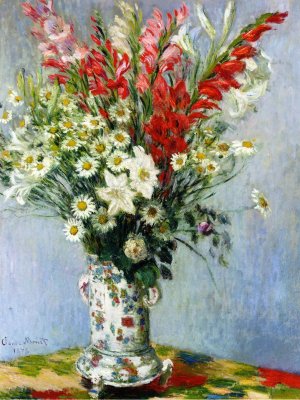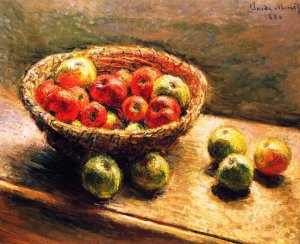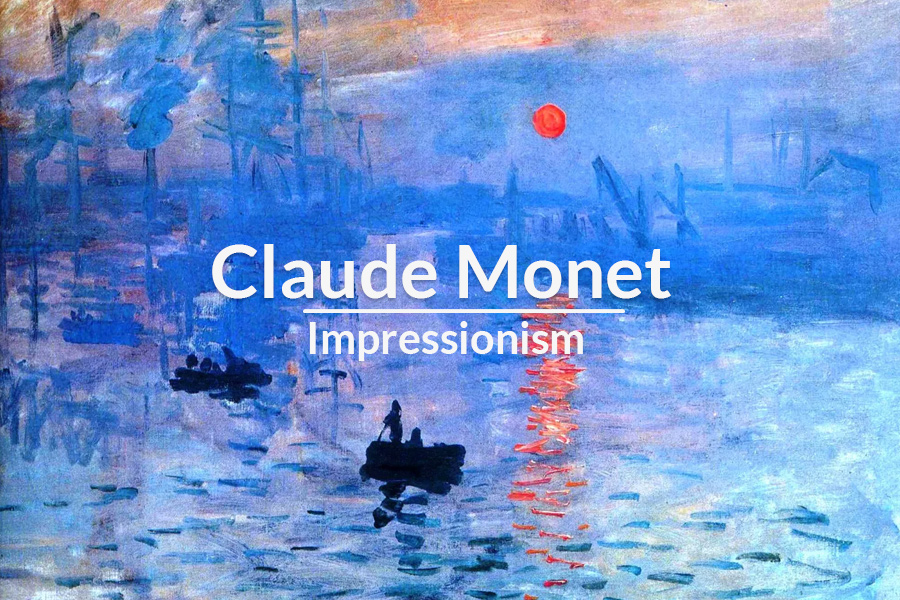The Encyclopedia of Claude Monet Paintings
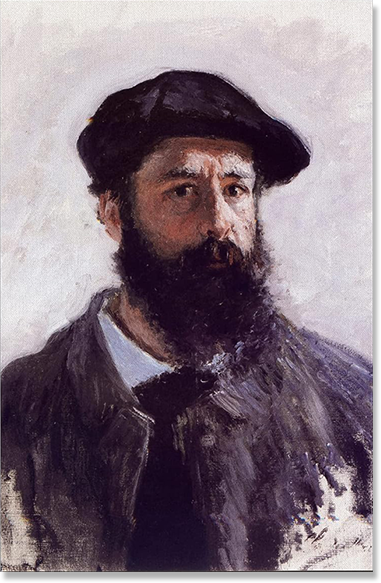
Claude Monet
Claude Monet, born on November 14, 1840, emerged as a luminary in the art world, leaving an indelible mark on the canvas of art history. From his early education in Paris and exposure to art at the Le Havre secondary school to his pivotal encounters with mentors like Eugène Boudin, Monet's early life laid the groundwork for a revolutionary artistic journey. His mastery of plein-air painting, learned under Boudin's guidance, marked a departure from traditional approaches and set the stage for the emergence of Impressionism.
The Impressionist movement found its name and inspiration in Monet's seminal work, "Impression, Sunrise," exhibited in 1872. This painting not only challenged artistic norms but also became the catalyst for a radical shift in the art world. Collaborating with fellow Impressionists such as Renoir, Sisley, and Bazille, Monet championed the immediacy of plein-air painting, pushing the boundaries of artistic expression. His move to Argenteuil and Vétheuil, coupled with the development of series paintings like the iconic Water Lilies series, showcased his ability to capture the same subject under varying conditions, exploring the interplay of light and time.
The latter years of Monet's life, marked by a move to Giverny, were not without challenges. Struggles with cataracts posed visual impediments, but Monet's resilience led to a continued exploration of series paintings, including Haystacks and Water Lilies. His influence extended beyond Impressionism, shaping Post-Impressionist and Modernist movements. Monet's legacy endures in the enduring popularity of his works, exhibited in museums worldwide, and his impact on contemporary culture remains profound. From the birth of Impressionism to the gardens of Giverny, Claude Monet's life is a testament to the transformative power of art and the enduring legacy of a visionary artist.

